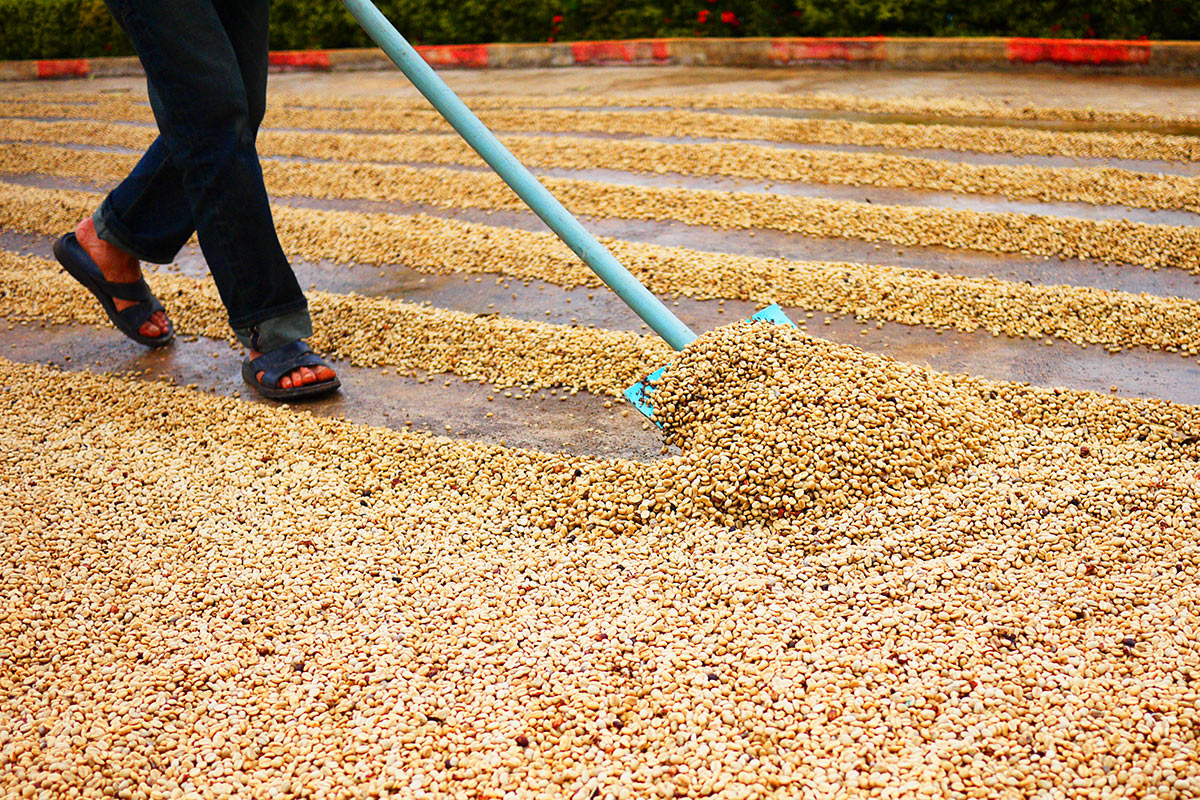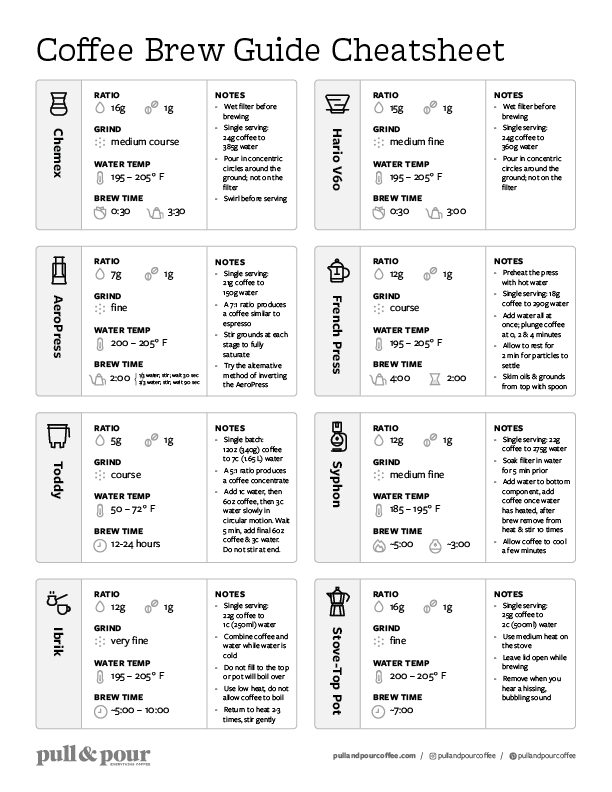A commodities trader, a coffee roaster, a coffee farmer, and your next-door neighbor walk into a coffee bar. The coffee importer offers to grab the first round as the guy at the piano launches into a song.
They’re all looking to gain something from the deal they strike there. Each of them views this transaction from the perspectives of both, how they interact with and contribute to the product, and how they can maximize the value of both those interactions, based on this deal.
Your neighbors are least aware of their contributions to the product, but they are in the driver’s seat. Choices of where, when, and in what form they buy coffee impact everyone in the supply chain. Their hands are on that wheel. The debate about who gives them directions is for another day.
Coffee roasters and retailers contribute a value-added process by purchasing green coffee, roasting it, and selling it whether in a bag, a cup, or a capsule.
Most roasters buy their green (unroasted) coffee from a coffee importer, who provides the service of finding, purchasing, and importing coffees.
It’s hard to draw a hard line between coffee importers and commodities traders, since there is overlap, but traders are integral to how the industry is financed. They purchase and sell commodities futures (contracts to purchase at a certain price). The market they are a part of is referred to as the C-Market.
The C-Market, because it sets a base price for coffee (similar to a stock), takes a ton of flack for its volatility, its manipulability, and its deleterious effect on coffee farmers’ livelihoods. It’s heavily influential in all coffee transactions including our beloved specialty coffee market.
The price set for the actual purchase of green coffee is commonly described as its variance from the C-Price. An organic coffee of high grade may be referred to as +.80 or a low-grade coffee may be -20. But the price refers back to “the C”. There are many direct relationships between roasters and farmers that skirt the C-Price and are their negotiated agreements, but regardless the all-powerful “C” hangs over each of them, influencing perceptions and setting the foundation of how value is considered.
Laws of supply and demand can become highly distorted once a global market is in play. It is commonplace to read about a major drought or a frost, or a record bumper crop and oversupply and then find counterintuitive numbers in the market, and most notably little to no response on the retail shelf at a grocery store or cafe.
These apparent inconsistencies aren’t necessarily an expression of malice, but rather who it is that is valuing the coffee at a given point in the value chain, and what part of the process they are most concerned with. The C-Price can go up and down pretty far—and for an extended period of time—without having much effect on the retail price of a bag of roasted coffee. The retail price of a bag of roasted coffee is wholly determined by the person selling the roasted coffee, whereas the price of the green coffee that was roasted to put into the bag is determined by a floor price-based market.
The C-Price can go up and down pretty far—and for an extended period of time—without having much effect on the retail price of a bag of roasted coffee
It’s something we rarely think about, and why would we? A good example of why we might choose to look at things differently is the Prevailing Wage. Employers usually consider the prevailing wage when hiring, and base their offer to you on it. That wage has nothing to do with how much margin the company makes on what you as the employee will produce. The company has a goal of maximizing the gap between cost and revenue, and employees are a cost. They base your compensation on factors somewhat isolated from the revenue or productivity you generated for them and their stockholders.
So are employers bad? Of course not, but for sure many people could consider other ways of viewing revenue. Looking at revenue from the top down (starting at the full retail price and how it’s distributed inclusive of margin) rather than the bottom up (looking at the costs and then what margin is there to retain) can teach us things.
Businesses need margin and focus on maximizing it, which we think of as necessary to succeed in both life and business. But is it? The maximizing part? Is more always better?
Business people make detailed budgets and they’re expressed in both numbers and in percentages, so why not flip them to base expenses on revenue? Some might argue that they kind of is, but how about taking a top-down planning process to assign a reasoned percentage of revenue to each category and literally sticking to it?
The planning process can be a huge opportunity for equity by design, and Torque starts with the purchase of green coffee. Torque calls this new approach Proportional Pricing. Because it starts at the full retail price of a bag of roasted coffee and says that the coffee producer is due a predetermined portion of that full value. Not a floor price with some sort of ‘give-back’, but they are literally due a proportional share of the full retail value of their coffee.
It’s simple. Farmers get the first cut. Instead of using the commodity green coffee, Torque simply purchases green coffee for 20% of the planned retail price. The higher the price for roasted, the higher the price for green.
The formula looks like this
- Torque coffee producers were pre-paid 20% of the $20 of each bag of roasted coffee
- It takes 400g (14 oz) of green coffee to make the 340g (12 oz) bag of roasted coffee
- $4.00 for 400g of green coffee is about $4.53/lb
- It’s rounded up to $4.75/lb green to the producer
- Importer/Export/Transportation costs are paid separately.
- The final pricing for Torques coffees ranges from $6.00 to $6.75 a pound of green.
- When all the costs for coffee, transport, roasting, packaging, overhead, etc. are added Torque maintains a profit margin of around 20%, which is sustainable for our model.
- We hope to foster conversations about shared equity and value distribution in every supply chain
By tying the coffee consumer and the coffee producer together directly, Proportional Pricing unites both producers and consumers in shared value. If we hope to save Specialty Coffee and bring living incomes to hundreds of thousands of coffee producers around the world this connection is vital.
Even within the very thoughtful and conscious factions of the coffee economy, we rely on unequal exchanges in a way that contradicts stated intentions. Most of us know that extreme wealth is generated by poverty but still we take a page or two from that book, then point to norms and systems for comfort. The current coffee supply chain is designed to use unequal exchanges for fuel which works amazingly well for the consumption side.
Photo Credit: Image via Shutterstock

